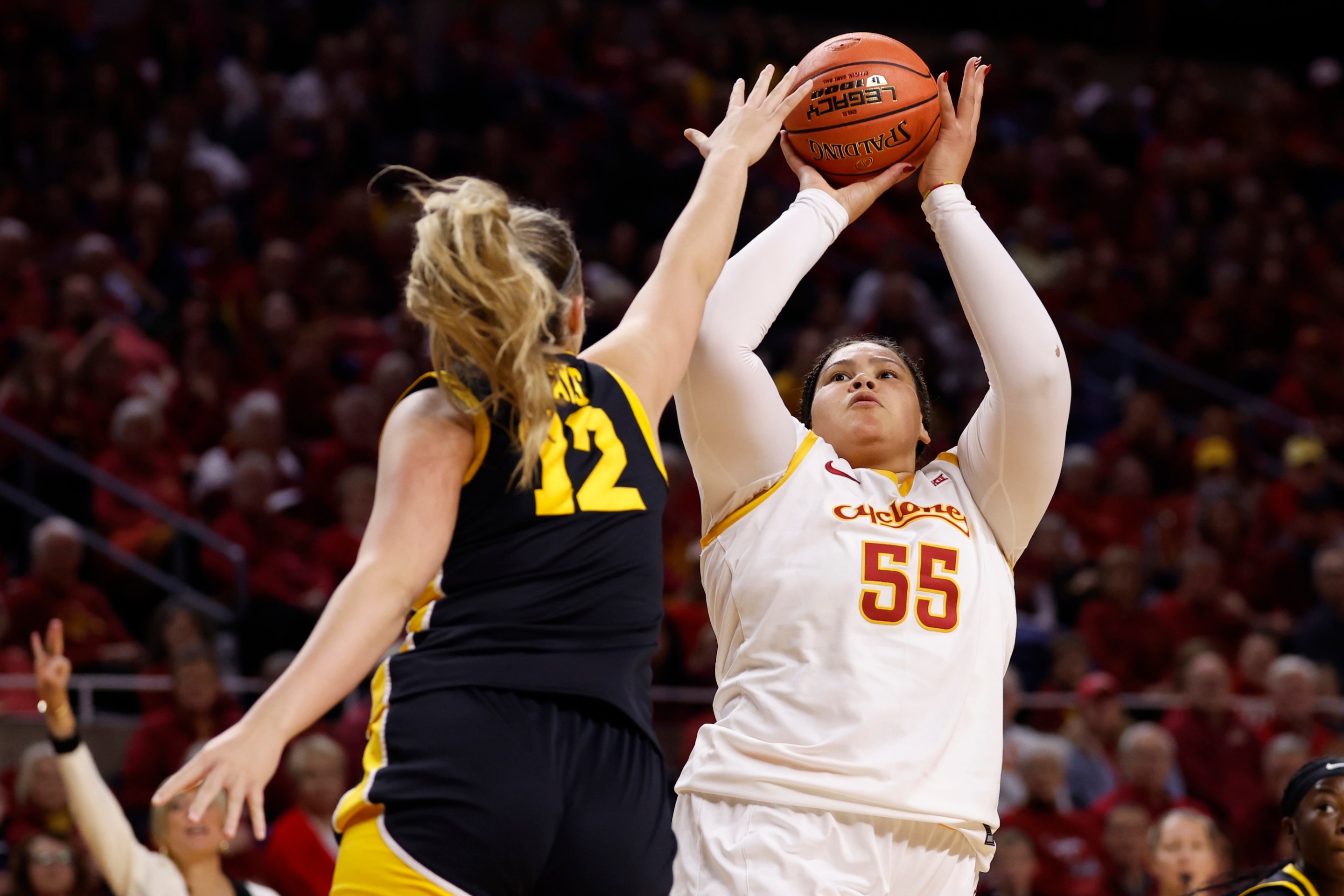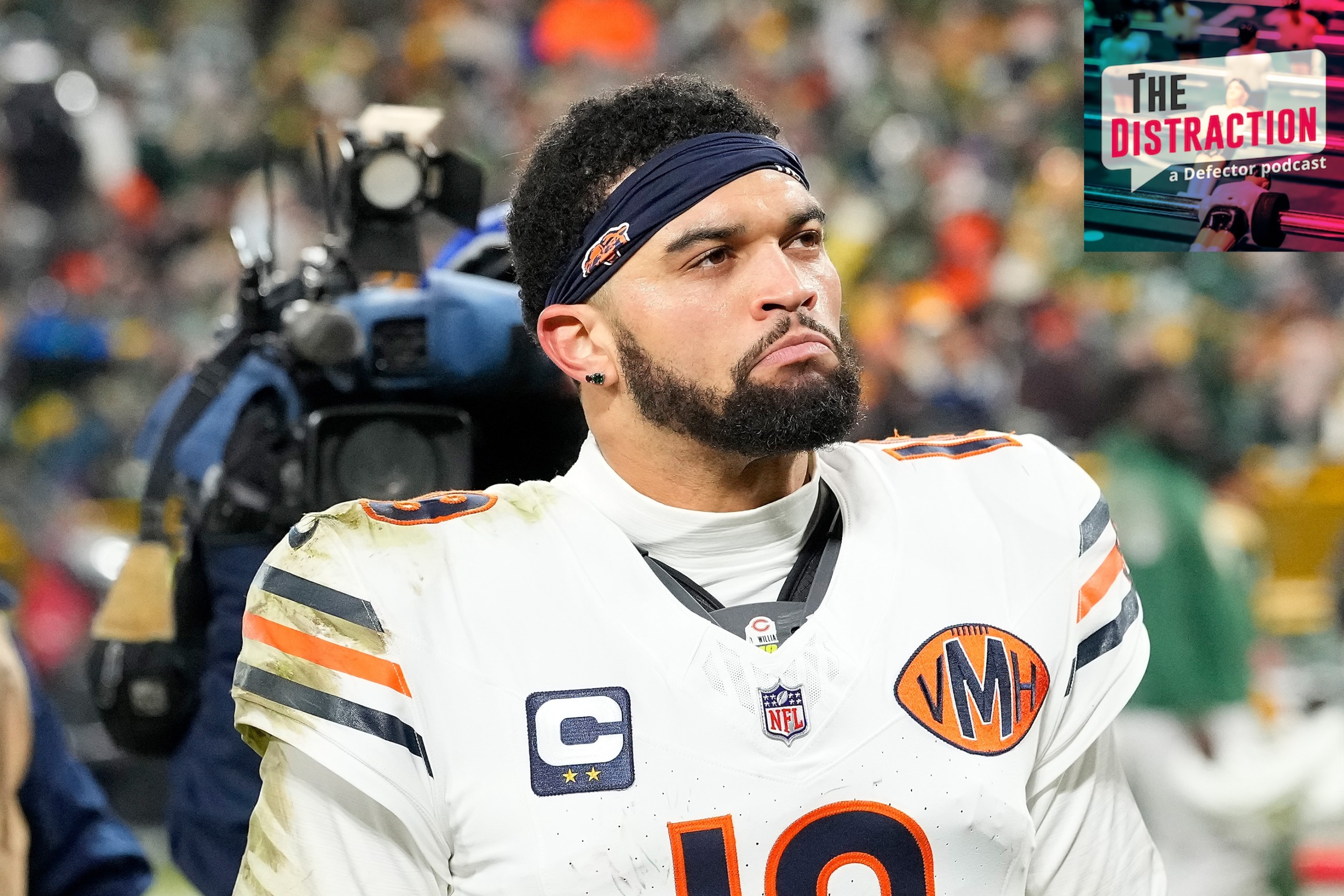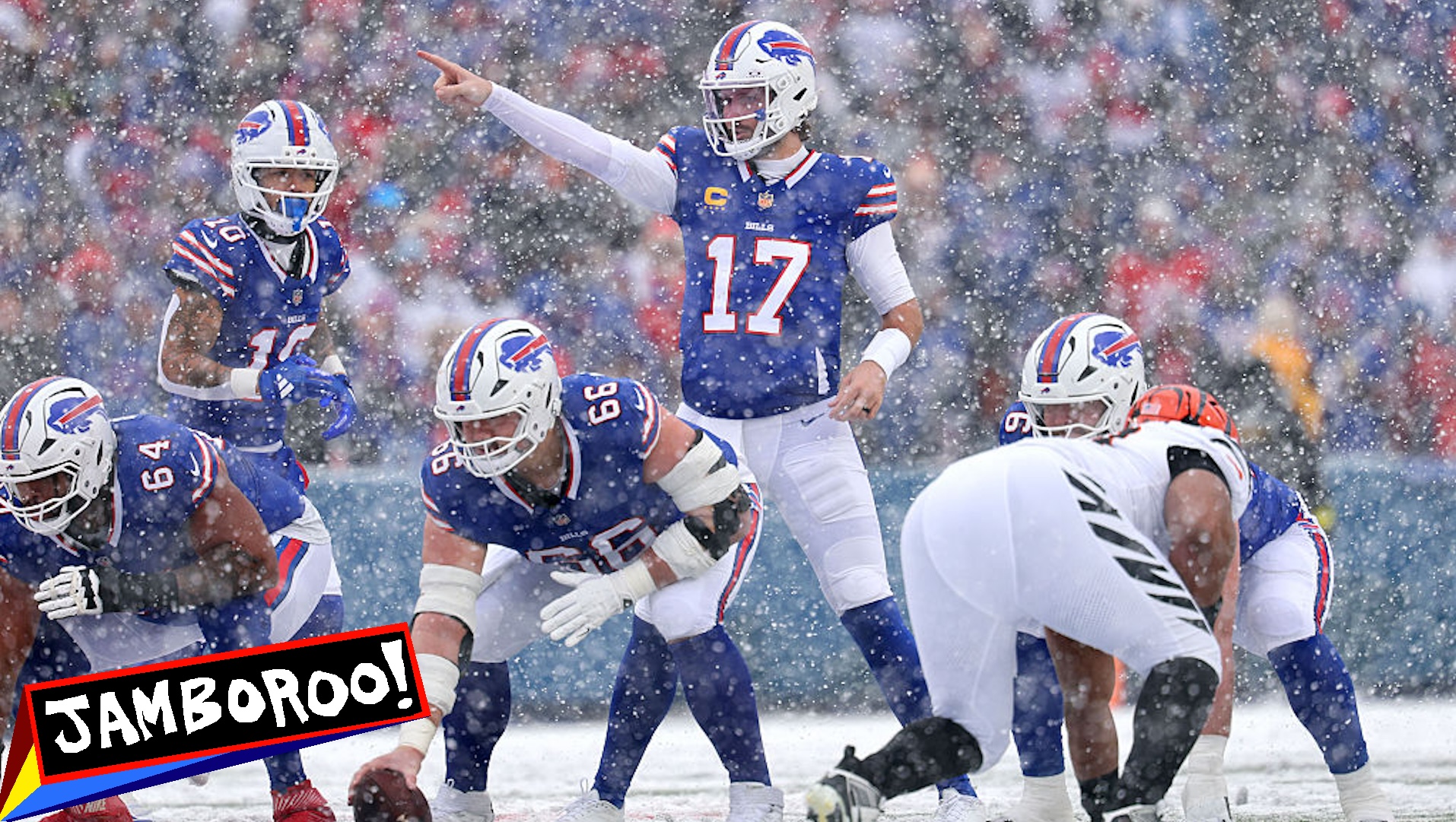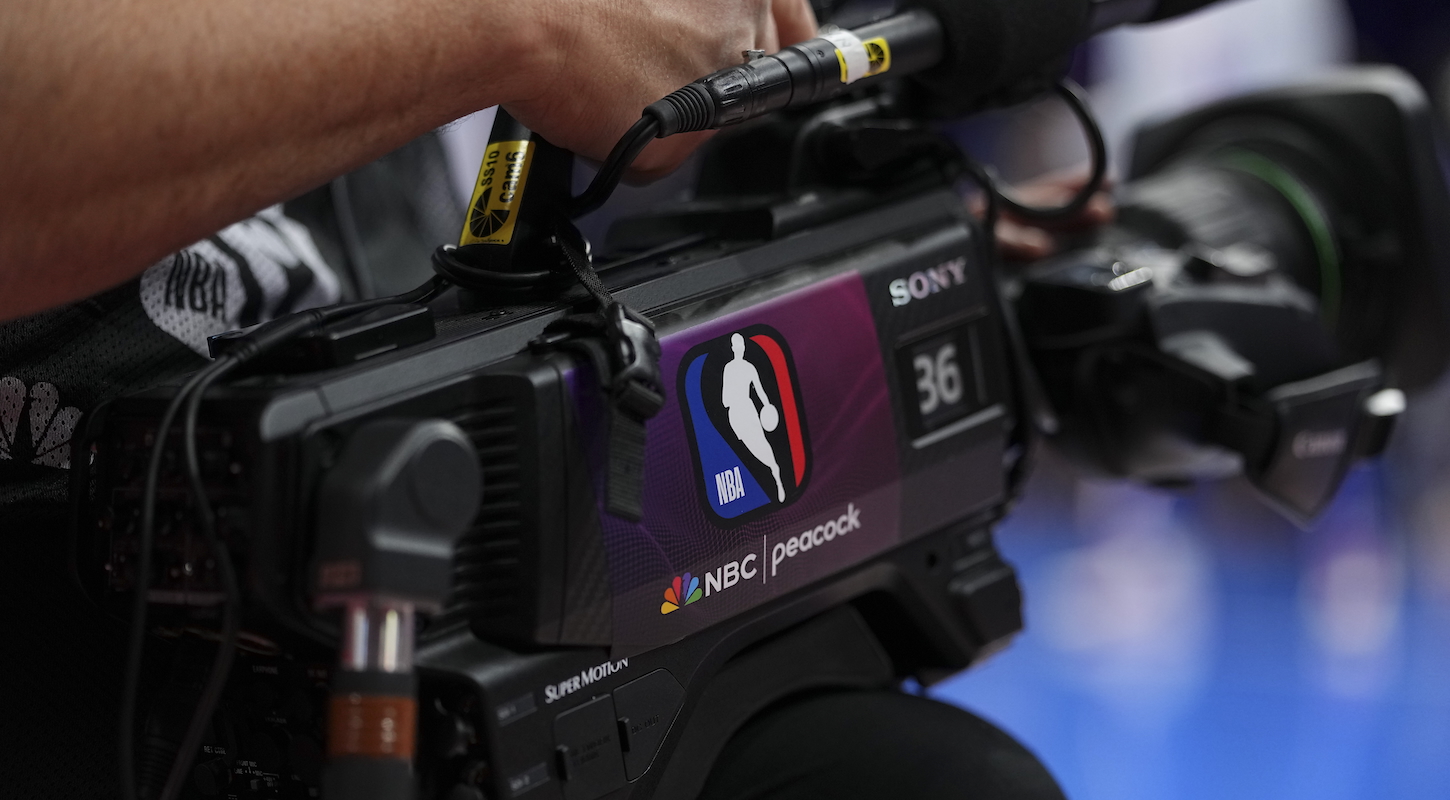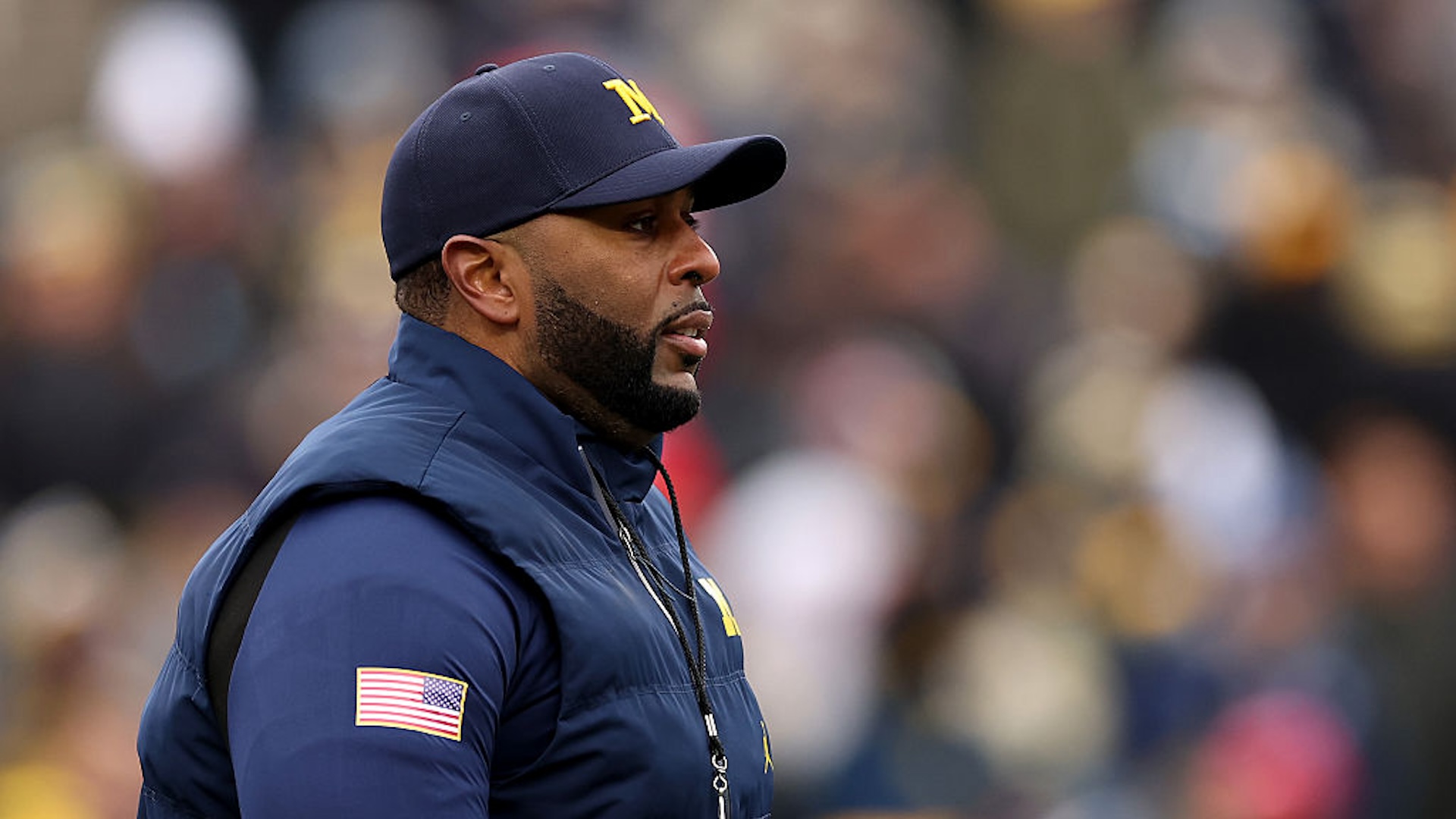I started running when I was 14. After many years of playing recreational soccer, I realized that I did not have the skills to compete on the high school level against girls who had played on club teams their whole lives. The older kids in my neighborhood ran cross country and they encouraged me to join. I had played midfield in soccer, a position that demands nearly constant running, so I’d built up a strong stamina. Stripped of competitive trappings and bare of any other purpose, I discovered what it felt like to enter a dialogue with my own body. Any runner will tell you that while yes, competition technically does exist, the real race is mental, a battle to decide which self will govern you that day.
Running, which had previously felt like a punishment or a chore, became its own wonderful reward. Like any drug, my relationship with running is primarily about chasing the last, best high, and the favorite highs I can remember always seemed to hit in the early autumn.
I run throughout the year, but after 20 years of reinforcement, the crisp amber light of a fall day is inextricably linked for me with the satisfying strain in my lungs, the build of lactic acid in my legs, and the growing sense of satisfaction for proving to myself, once more, that I can still do it.
It’s the privilege of the young and healthy to be careless with their bodies, and running can be especially rough on what holds a person together. It’s cruel to the cartilage in your knees, and ankles, and back, and the more you do it, the more at risk you become for repetitive use injuries. When I was in my teens, I ran at least three miles a day at a seven-minute pace, six days a week. I ate peanut butter sandwiches for lunch and had no concept of what protein was, or why a body might need it. I took ibuprofen by the handful before practices and races. I rarely stretched. I never went to the doctor about the rattling cough I developed after big sprints or on cold days. I never slowed down; I ran at one speed, and that speed was fast.
This is how I ran for as long as my body would let me. I ran cross country and track through high school, and started doing half marathons in college. I ran throughout my twenties with that sense of invincibility—until the injuries started.
First it was my back, then my knees, and then an old stress fracture that flared up angrily when I hadn’t warmed up enough. My toes, legs, and shoulders went numb after a mile. I started stretching more, foam rolling before and after runs, investing in compression sleeves, running belts, and insoles. I got massages, took yoga, and rubbed hemp salves on my muscles. Nothing staved off the beginning of the fall, though.
I had fallen in love with the best version of running, the kind that is possible when your body cooperates with you to push through pain to euphoria. But even when I was in my best shape, I knew that a run could always take an unpredictable turn for the worse. Your breathing never settles, your mouth is sticky from thirst, your leg seizes up with a cramp, or your digestive system kick-starts and you need a bathroom NOW. I’ve cut countless runs short in demoralized disappointment, but as I crept through my twenties and into my thirties, the bad days seemed more frequent than the good ones, which made it harder to want to go out. The less I ran, the less strong my heart and lungs were, and the harder it got. Every fall morning started to feel more like winter.
I don’t come from particularly athletic people. Asthma, allergies, hypothyroidism, and diabetes run in my family, which has left me with particularly sensitive raw materials that lack resilience. I get injured and sick easily. I need lots of time to recover—from everything. What I lacked in natural ability though, was compensated for in the environment in which I grew up: I have a step-father who woke up every morning of my life at 5 a.m. to work out. Even now, in his fifties, he is unbelievably strong in a way I find both hilarious and impressive. He often works out with decades-younger colleagues who can barely keep up with him. I was three when my mom married him, and I remember mimicking his bicycle crunches and pushups on the floor like it was a dance we were doing together. I’m not sure I would have found my way to running without him; he taught me not to be afraid of the pain that comes from pushing yourself.
It’s possible, though, to take that steely discipline a bit too far. I placed a stronger emphasis on my own willpower than on the myriad factors affecting the delicate ecosystem that is a body, and when my body stopped cooperating with me, I blamed myself for that, too.
I stopped running completely for a few years. I started lifting weights, and I thought that I’d left running behind for good. I thought I was OK with that. But then I’d be in the city one morning and catch a hint of fall in the air as a runner wove her way past me on the sidewalk, and I’d feel such envy and sorrow for what my body used to be able to do.
Two years ago, I downloaded a Couch to 5k app and ran around my neighborhood in one- and two-minute spurts as guided by the computer voice. Slowly, I increased my distances. This summer, I cautiously signed up for the Philadelphia Half Marathon and started training again. It has taken years to build back my confidence and be sure that I can train longer without injuring myself. The key, it turns out, is using my willpower in service to restraint: to go slower than I want, and less often. I’ve gotten through my training by running only twice a week and cross training on a third day. I spend way more time stretching and using my Theragun, and I now run with a water bottle and snacks, which I never used to do. Where I used to run as far and as quickly as I possibly could, my goal on these runs now is to preserve myself as much as possible. I want to reach my mileage goal, but not at the risk of exhausting my body or otherwise injuring myself. It’s a less manic approach to training than I’ve ever taken, but it’s allowed me to reliably up my mileage each week such that I feel confident now that I will be able to finish the race. It also helps that I know now what awaits my body on the other side of over-training. I am careful not to push too hard.
This is the sweetest part of training for a long race, the last month when I’ve built up the strength to do a long run, but haven’t done it so many times that I’ve burnt out. In every half marathon I’ve run, this period always coincides with peak foliage, the few weeks when my joy about the autumnal colors is so strong I almost forget that the days are getting shorter and that if I am running toward anything, it is five months of barren cold and dark that will destroy my mental health.
A few weeks ago, I set out on an 11-mile run that I needed to squeeze in before a friend came to town for the weekend. It was a cool morning, and I wore gloves for the first time this season. Eleven miles is a doozy of a distance, and even though I’ve already completed it, I can’t believe I—or anyone—would willingly do it. But that’s what’s amazing about being in a training plan like this: You figure out all these ways to talk yourself into doing the thing. The run took two hours, and I tackled it in 30-minute chunks. After each chunk, I’d reward myself with a small bag of Halloween candy and some sips of water.
Runners will often talk about entering a trance state on long runs like this, and even though I have experienced it myself, I acknowledge that it sounds absolutely fake. But once I got the first two miles down, I entered the trance. I barely heard my music, barely had a single thought except for the fleeting moment of gratitude for the beautiful morning. As I crossed the four-mile mark, a gust of wind sent orange leaves fluttering down like confetti and I felt a pang of sadness because I knew this time was already almost over. Unless I want to live a very different type of life, my ability to run long distances like this will wax and wane with the years based on what my body can tolerate. This is not something I can hold onto forever. I felt myself jump forward in time, metabolizing that moment instantly as memory. I tried to catch the orange leaves as they skittered through the air in front of me, but they moved too quickly.
The race is this weekend, and I already feel myself grieving the end of this period. Soon, winter will take hold, and I will take a break from running. The long runs will feel like something someone else did, and I will wonder if I have run all the miles allotted to my body already. I will wonder if I will ever experience that trance again. But then spring will come, and I’ll try to squeeze a few more in, just in case.

